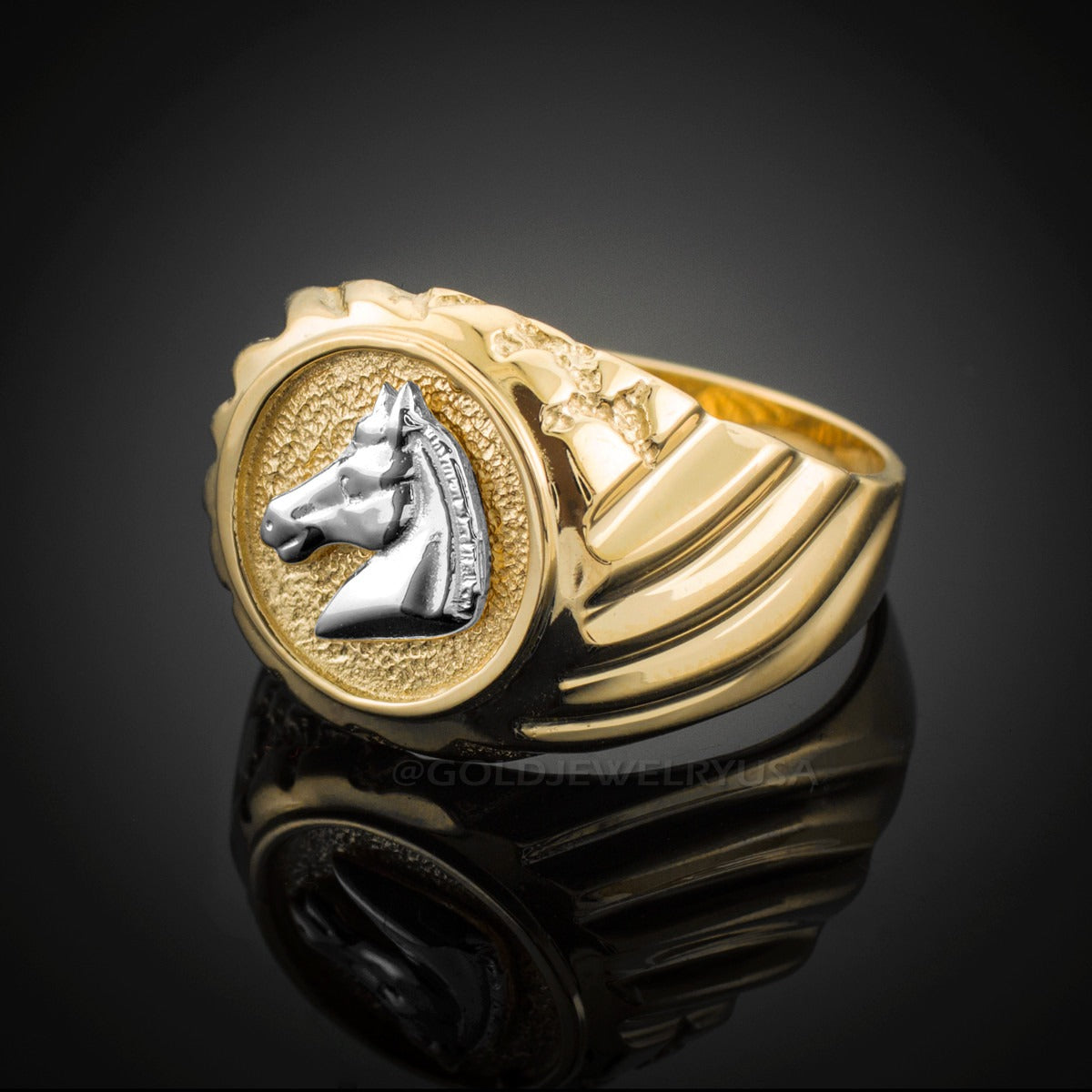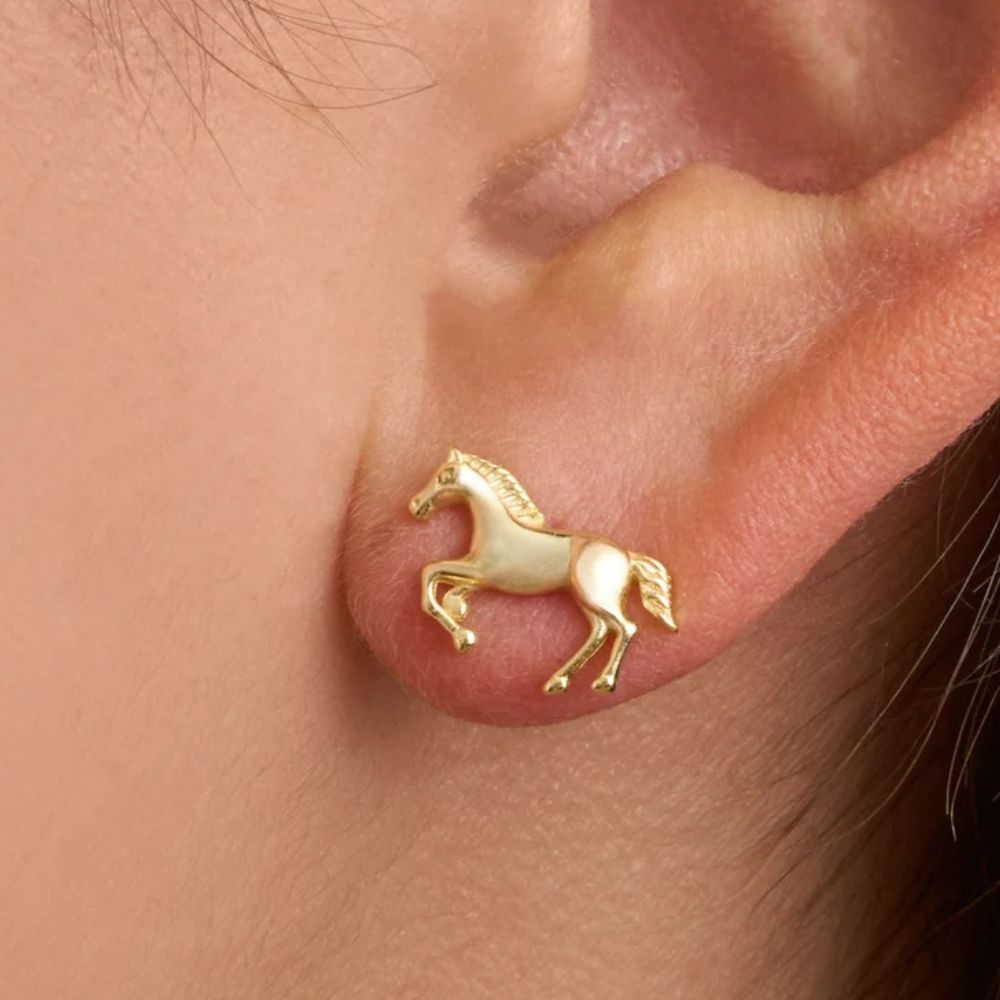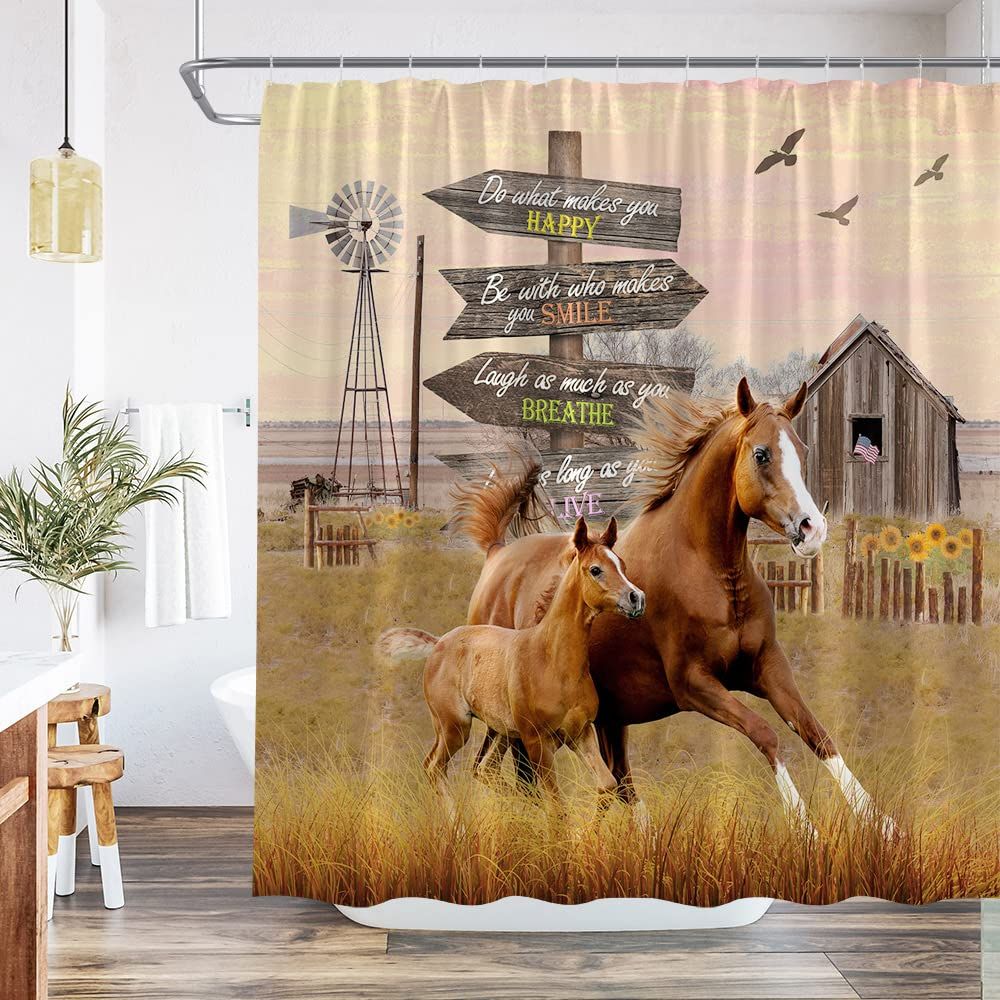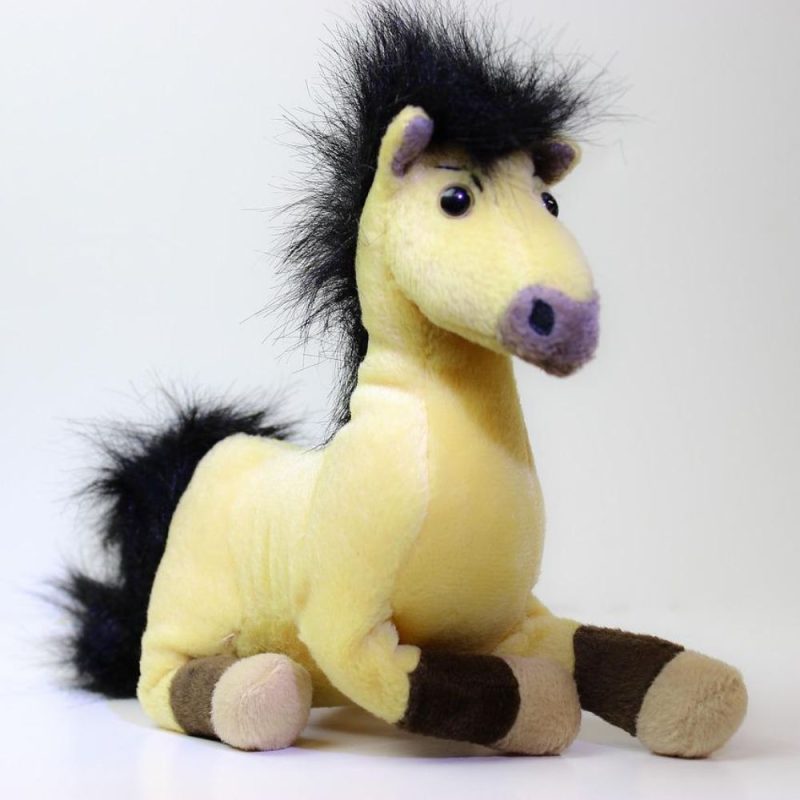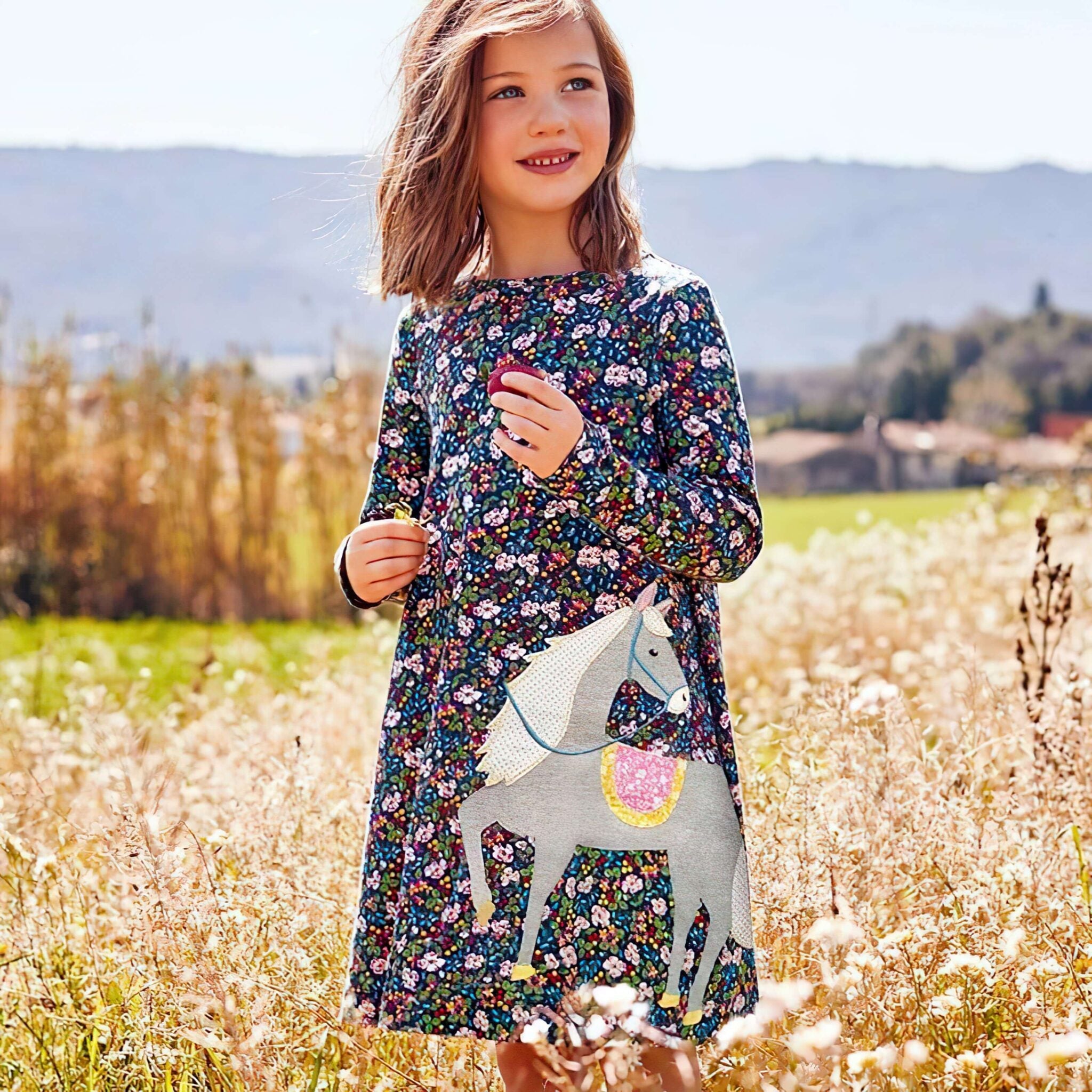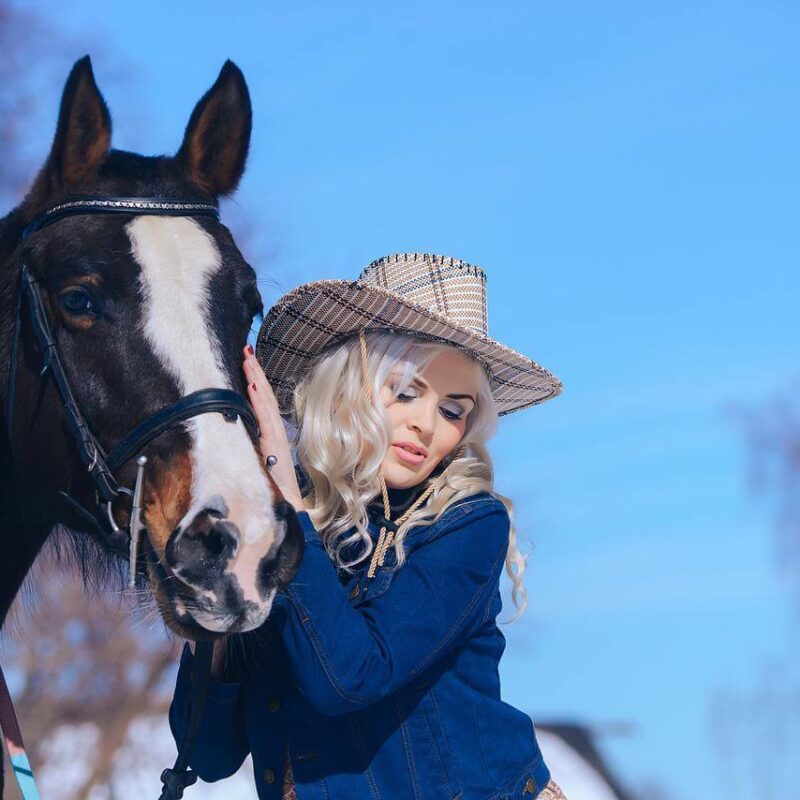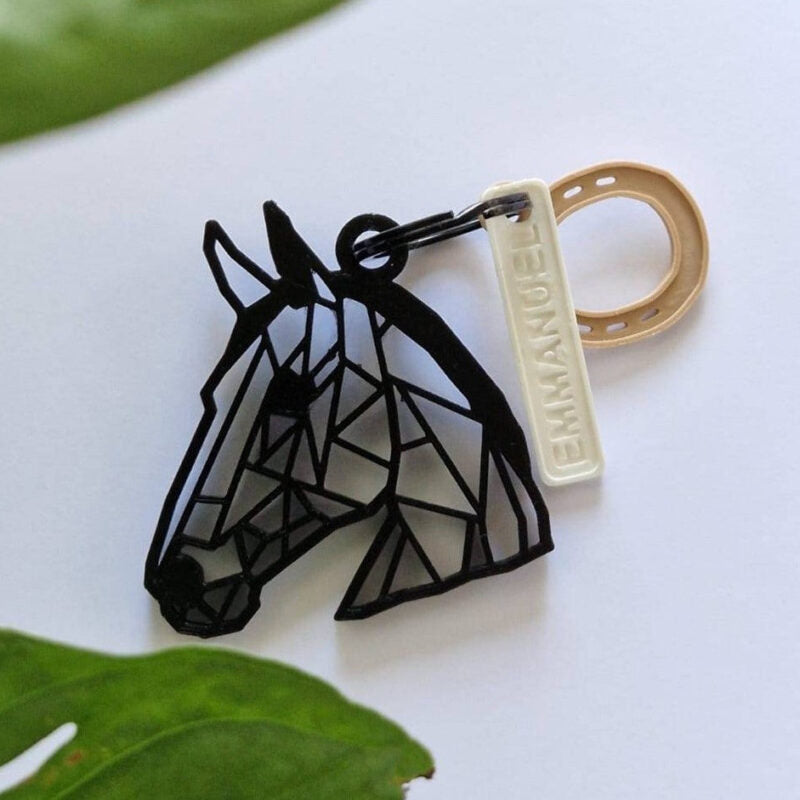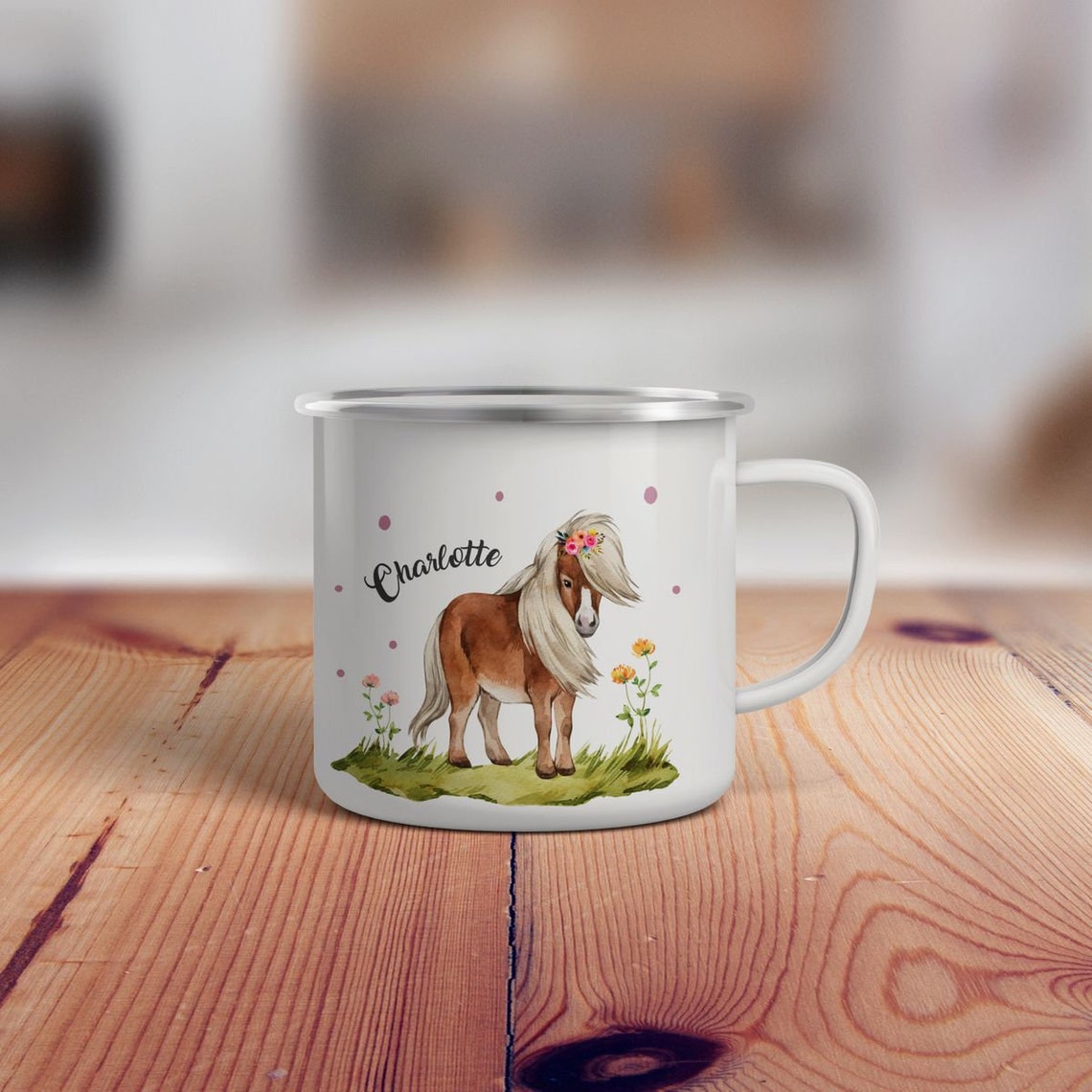
Can Horses Eat Rye Grass? Understanding the Risks and Benefits
Can horses eat rye grass? This question concerns many horse owners who want to provide the best forage for horses while ensuring their animals' safety and health. The answer isn't simply yes or no – it depends on several critical factors including the type of rye grass, growing conditions, and your horse's individual health status.
Rye grass for horses can be both beneficial and potentially dangerous. While it offers nutritional value as a common pasture grass, certain varieties and conditions can pose serious health risks including laminitis, colic, and even neurological disorders. Understanding these risks and how to manage them is essential for every responsible horse owner.
The key to safely feeding horses rye grass lies in proper identification, careful pasture management, and understanding the difference between safe and potentially harmful varieties. This comprehensive guide will walk you through everything you need to know about rye grass toxicity horses face, safe feeding practices, and how to create the healthiest possible grazing environment for your equine companions.
Chapter 1: Understanding Rye Grass Types and Their Impact on Horses 🌾
The Two Main Types of Rye Grass
When discussing rye grass for horses, it's crucial to understand that not all rye grass is created equal. There are two primary types that horse owners encounter:
Perennial rye grass horses commonly graze on is scientifically known as Lolium perenne. This variety is widely used in pastures across the United States and can persist for several years under proper management. Its deep root system makes it drought-tolerant, and it provides consistent nutrition throughout the growing season.
Annual rye grass horses may encounter (Lolium multiflorum) completes its life cycle in one year. While it grows quickly and can provide excellent early-season forage, it presents different challenges and benefits compared to its perennial cousin.
Nutritional Profile and Benefits
The nutritional value of rye grass horses receive includes:
- High protein content (15-25% depending on maturity)
- Excellent digestibility when young
- Good source of energy for working horses
- Contains essential amino acids
- Rich in vitamins A and E when fresh
Dr. Sarah Mitchell, an equine nutritionist at the University of Kentucky, states: "When managed properly, rye grass can be an excellent component of a horse's diet, providing both nutrition and palatability that horses naturally seek."
The Hidden Dangers: Endophytes and Toxins
However, the story of rye grass toxicity horses face is complex. Many rye grass varieties contain endophytic fungi that produce alkaloids toxic to horses. These endophyte-infected rye grass varieties can cause several serious conditions:
Rye grass staggers horses develop affects their nervous system, causing unsteady gait, muscle tremors, and in severe cases, collapse. This condition typically occurs when horses consume infected grass during hot, dry conditions when alkaloid concentrations are highest.
The risk of laminitis rye grass causes is particularly concerning. High sugar content in stressed rye grass, combined with toxic compounds, can trigger this painful and potentially career-ending condition. Studies from 2023 show that horses grazing certain rye grass varieties have a 40% higher risk of developing laminitis compared to those on safer pasture grasses.
➤ Also Read: Can Horses Eat Straw: The Ultimate Guide to Safe Straw Feeding
Chapter 2: Recognizing the Signs of Rye Grass Poisoning 🚨
Immediate Symptoms to Watch For
Understanding the signs of rye grass toxicity horses experience can mean the difference between a minor health issue and a life-threatening emergency. Horse owners should be vigilant for these warning signs:
Neurological symptoms typically appear first and include:
- Unsteady gait or stumbling
- Muscle tremors, especially in the legs
- Head shaking or abnormal head positioning
- Difficulty standing or frequent falling
- Hyperexcitability or extreme nervousness
Digestive issues related to colic rye grass consumption causes include:
- Excessive sweating during mild weather
- Increased heart rate and respiratory rate
- Reluctance to move or exercise
- Changes in appetite or water consumption
- Abnormal manure consistency
Long-term Health Consequences
The effects of endophyte-infected rye grass extend beyond immediate symptoms. Chronic exposure can lead to:
Grass founder horses develop is a specific form of laminitis directly linked to pasture consumption. This condition affects the laminae connecting the hoof wall to the coffin bone, causing severe pain and potential permanent damage.
Grass sickness horses may experience is a rare but serious condition linked to various pasture toxins. While the exact cause remains under investigation, contaminated pastures including certain rye grass varieties are suspected contributors.
When to Call Your Veterinarian
According to the American Association of Equine Practitioners' 2024 guidelines, horse owners should seek immediate veterinary care if they observe any combination of neurological symptoms, especially if the horse has been grazing rye grass pastures during hot, dry conditions.
Dr. James Rodriguez, a leading equine veterinarian, emphasizes: "Early intervention is crucial when dealing with grass-related toxicities. What might seem like minor symptoms can rapidly progress to life-threatening conditions."
Chapter 3: Safe Pasture Management Practices
Managing Horse Pastures for Rye Grass Safety
Creating a safe grazing environment when rye grass for horses is present requires strategic pasture management horses benefit from. The key is understanding when rye grass is safest to consume and implementing protective measures during high-risk periods.
Timing is Everything
The high sugar rye grass horses face typically occurs during specific conditions:
- Early morning hours (6-10 AM) when sugar concentration peaks
- After periods of cool nights followed by sunny days
- During drought stress when plants concentrate sugars
- In autumn when plants prepare for winter dormancy
Seasonal Management Strategies
Spring management focuses on controlled grazing as fructan in rye grass horses consume can accumulate rapidly during this growth period. Consider implementing these practices:
Restrict grazing during peak growth periods (typically April-May) when fructan levels are highest. Use grazing muzzles for horses during these critical times to limit intake while still allowing some pasture access.
Summer management becomes crucial as endophyte activity increases with temperature. Monitor your pastures daily for signs of stress, and consider supplemental feeding when grass quality declines.
Forage Analysis Horses Need for Optimal Health
Professional forage analysis horses require should be conducted annually, preferably before the grazing season begins. This analysis provides essential information about:
- Nutritional content and quality
- Sugar and starch levels
- Presence of harmful compounds
- Protein and fiber ratios
The cost of professional analysis typically ranges from $25-50 per sample, making it an excellent investment in your horse's health and safety.
Alternative Feeding Strategies
When rye grass toxicity horses face becomes a concern, consider these alternative approaches:
Hay-based diets can provide consistent nutrition without the variability of fresh pasture. Quality hay tested for sugar content offers predictable nutrition and eliminates the risk of endophyte exposure.
Supplementing horse diet with safe alternatives includes Timothy hay, orchard grass, and other tested forages. These supplements ensure your horse receives adequate nutrition while minimizing exposure to potentially harmful grasses.
Rotational grazing systems allow pastures to recover while preventing overgrazing that can stress plants and increase toxin production. This approach typically involves 3-4 separate paddocks rotated every 2-3 weeks.
Chapter 4: Identifying Safe Alternatives and Prevention Strategies 🛡️
Safe Grasses for Horses: Building a Safer Pasture
When rye grass for horses poses too great a risk, horse owners need reliable alternatives. Understanding which safe grasses for horses provide excellent nutrition without the associated dangers is essential for long-term horse health rye grass concerns have highlighted.
Premier Safe Grass Options
Timothy grass stands as the gold standard for equine nutrition rye grass alternatives. Its low sugar content and high fiber make it ideal for horses prone to metabolic issues. Timothy maintains consistent quality throughout the growing season and rarely harbors dangerous endophytes.
Orchard grass offers another excellent alternative, providing good nutrition with moderate sugar levels. Its palatability makes it attractive to horses, while its growing characteristics make it suitable for most climate zones.
Bluegrass varieties, particularly Kentucky bluegrass, provide durable pasture options with good nutritional value. These grasses typically have lower endophyte infection rates compared to rye grass varieties.
Poisonous Plants Horses Should Avoid
While focusing on grass safety, horse owners must also be aware of other poisonous plants horses might encounter in pastures. Common dangerous plants include:
- Wild cherry trees (wilted leaves are particularly toxic)
- Red maple leaves (especially wilted)
- Bracken fern
- Buttercups
- Hemlock varieties
Regular pasture walks should be conducted monthly to identify and remove these threats before they become problems.
Dietary Considerations Horses Require
Fiber in horse diet remains the cornerstone of equine nutrition. Horses require 1.5-2% of their body weight in forage daily, making quality pasture or hay essential. When rye grass for horses isn't safe, these fiber sources become even more critical.
Carbohydrates in horse feed should be carefully managed, especially for horses with previous laminitis episodes. The goal is providing steady energy without the sugar spikes that can trigger metabolic issues.
Prevention Through Proper Horse Care and Feeding
Preventing horse health issues starts with understanding your individual horse's needs and risk factors. Horses with previous laminitis episodes, insulin resistance, or Cushing's disease require extra precautions when feeding horses rye grass.
Veterinary advice horse feed decisions should incorporate includes regular health monitoring and dietary adjustments based on:
- Body condition scoring
- Blood work for metabolic markers
- Seasonal health assessments
- Pasture quality evaluations
The investment in preventive care typically costs $200-400 annually but can prevent thousands in emergency treatment costs.
Chapter 5: Creating Your Horse's Optimal Feeding Program 📋
Horse Feed Recommendations for Rye Grass Management
Developing a comprehensive feeding program when rye grass for horses is present requires balancing nutrition, safety, and practicality. Professional veterinary advice horse feed programs should incorporate addresses both immediate needs and long-term health goals.
Calculating Daily Requirements
A typical 1,000-pound horse in moderate work requires:
- 15-20 pounds of forage daily
- 2-4 pounds of concentrate feed
- 8-12 gallons of fresh water
- Essential vitamins and minerals
When pasture associated laminitis is a concern, these calculations become even more critical. Reducing pasture access might require increasing hay and supplement portions to maintain nutritional balance.
Sustainable Horse Pastures and Long-term Planning
Choosing horse forage involves more than immediate safety concerns. Sustainable practices ensure long-term pasture health and reduce the likelihood of toxic conditions developing.
Soil Management
Proper soil pH (6.0-7.0) supports healthy grass growth and reduces stress that can increase toxin production. Annual soil testing costs approximately $15-25 but provides valuable information for fertilization and lime application decisions.
Overseeding Programs
Gradually replacing rye grass for horses with safer alternatives requires systematic overseeding. This process typically takes 2-3 years but results in much safer pastures. Budget approximately $200-400 per acre for quality seed and establishment costs.
Pasture Risks Horses Face and Mitigation Strategies
Understanding and managing pasture risks horses encounter extends beyond grass types to include:
Environmental factors such as drought, excessive moisture, and temperature fluctuations can affect grass safety. Monitoring weather patterns and adjusting grazing accordingly protects horses from sudden increases in dangerous compounds.
Seasonal planning involves preparing for high-risk periods before they arrive. This might include:
- Stockpiling safe hay for emergency feeding
- Installing temporary fencing for pasture restriction
- Arranging alternative grazing areas
- Preparing supplement programs for confined horses
Success Stories and Real-world Applications
Many horse owners have successfully managed rye grass toxicity horses face through careful planning and management. Sarah Thompson, a horse owner from Tennessee, shares: "After my gelding developed mild laminitis symptoms, we implemented strict pasture management and gradually converted our fields to Timothy and orchard grass. Three years later, he's healthier than ever."
The key to success lies in patient, consistent management rather than quick fixes. Most successful programs involve:
- Gradual transitions rather than sudden changes
- Regular monitoring and adjustment
- Professional guidance when needed
- Investment in quality alternatives
Frequently Asked Questions About Can Horses Eat Rye Grass 💭
Is rye grass safe for horses to eat year-round?
Rye grass for horses isn't consistently safe throughout the year. Safety depends on the variety, growing conditions, and individual horse health. Perennial rye grass horses graze on is generally safer than annual varieties, but even perennial rye grass can be dangerous during certain conditions like drought stress or when infected with endophytes.
What are the main symptoms of rye grass toxicity horses experience?
Rye grass staggers horses develop include unsteady gait, muscle tremors, difficulty standing, and neurological symptoms. Laminitis rye grass causes presents as heat in the hooves, reluctance to move, and a characteristic "rocking" stance. Colic rye grass consumption may cause includes sweating, increased heart rate, and digestive discomfort.
How can I tell if my pasture has endophyte-infected rye grass?
Endophyte-infected rye grass can only be definitively identified through laboratory testing. However, warning signs include poor animal performance during hot weather, reduced palatability, and symptoms in grazing animals. Professional forage analysis horses require can detect endophyte presence and provide specific recommendations.
What's the difference between annual rye grass horses eat and perennial varieties?
Annual rye grass horses consume completes its life cycle in one year and often has higher sugar content and different endophyte profiles compared to perennial rye grass horses graze on. Annual varieties may pose different risks and require adjusted management strategies.
When should I use grazing muzzles for horses on rye grass pastures?
Grazing muzzles for horses are recommended during high-risk periods including early morning hours, after cool nights, and during drought stress when fructan in rye grass horses consume reaches dangerous levels. They're particularly important for horses with previous laminitis episodes or metabolic issues.
How do I transition from rye grass to safe grasses for horses?
Transitioning to safe grasses for horses requires gradual overseeding over 2-3 years. Begin by reducing existing rye grass through controlled grazing, then overseed with Timothy, orchard grass, or other safe varieties. Sustainable horse pastures develop through patient, consistent management rather than quick changes.
What horse feed recommendations help when avoiding rye grass?
When limiting rye grass for horses, increase quality hay intake to maintain fiber in horse diet. Supplementing horse diet with tested forages ensures adequate nutrition. Professional veterinary advice horse feed programs should incorporate helps balance nutrition while managing risks.
Looking for quality equestrian accessories to support your horse care journey? Visit Dream Horse for premium horse lover gifts and essential equestrian accessories that celebrate your passion for horses while supporting their health and wellbeing









